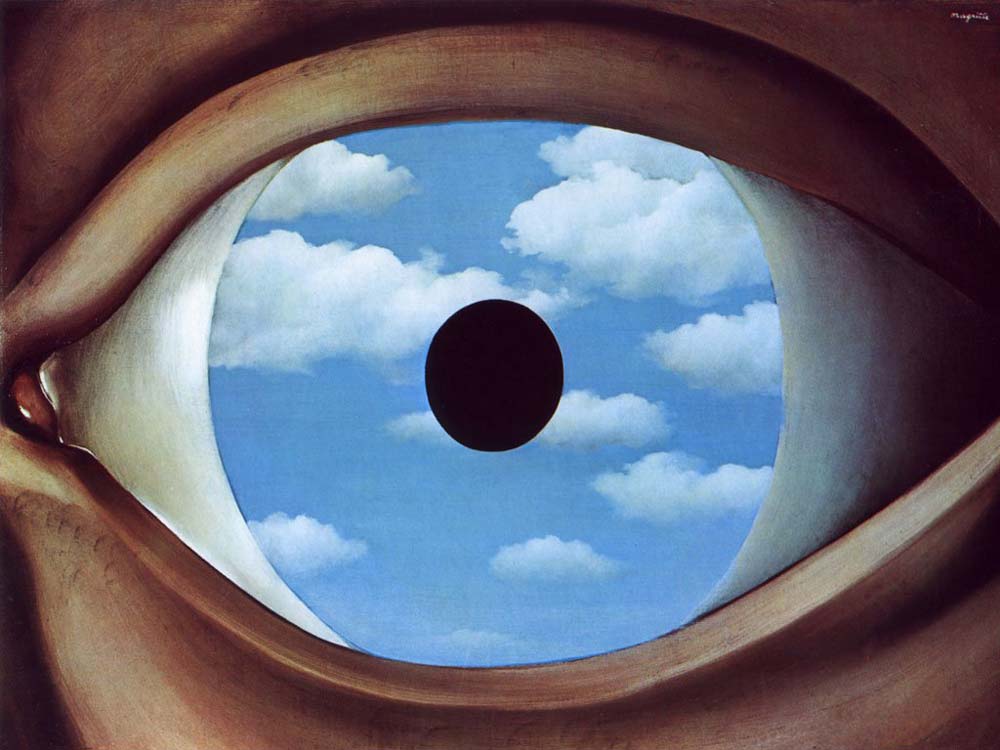Artist
Salvador Dali
Year 1931
Type Oil
on canvas
Dimensions 24 cm ×
33 cm (9.5 in × 13 in)
Location Museum
of Modern Art, New York City
Salvador Dali was a Spanish Surreal Artist (1904 - 1989).
The well-known surrealist piece introduced the
image of the soft melting pocket watch in landscape. It epitomizes Dali’s
theory of "softness" and "hardness", which was central to
his thinking at the time Dawn Ades wrote "The soft watches are an
unconscious symbol of the relativity of space and time, a Surrealist meditation
on the collapse of our notions of a fixed cosmic order.’’
This interpretation suggests that Dali was incorporating
an understanding of the world introduced by Albert Einstein's Special
Theory of Relativity. Asked by Ilya Prigogine whether this was in
fact the case, Dali replied that the soft watches were not inspired by the
theory of relativity, but by the surrealist perception of a Camembert
cheese melting in the sun.
Although fundamentally part of
Dali’s Freudian phase, the imagery precedes his transition to his
scientific phase by fourteen years, which occurred after the atomic
bombings of Hiroshima and Nagasaki in 1945.
The iconography may refer to a dream that Dali himself
had experienced, and the clocks may symbolize the passing of time as one
experiences it in sleep or the persistence of time in the eyes of the dreamer.
The orange clock at the bottom left of the painting is covered in ants. Dali
often used ants in his paintings as a symbol of decay.
The Persistence of Memory employs "the
exactitude of realist painting techniques to depict imagery more likely to
be found in dreams than in waking consciousness.
The craggy rocks to the right represent a tip of Cap
de Creus peninsula in north-eastern Catalonia. Many of Dali’s
paintings were inspired by the landscapes of his life in Catalonia. The strange
and foreboding shadow in the foreground of this painting is a reference to
Mount Pani.
The Persistence of Memory is a very interesting surreal
piece, seeing melting clock at the beach is a little odd for us to see, the
title is pretty straight forward though,
The Persistence of Memory, a memory is something we store
in our head from the past and persistence is to be passionate about something,
or to not give up on something you're doing and can't seem to succeed at it.
you'll be fighting for it till you get it right.

.jpg)







